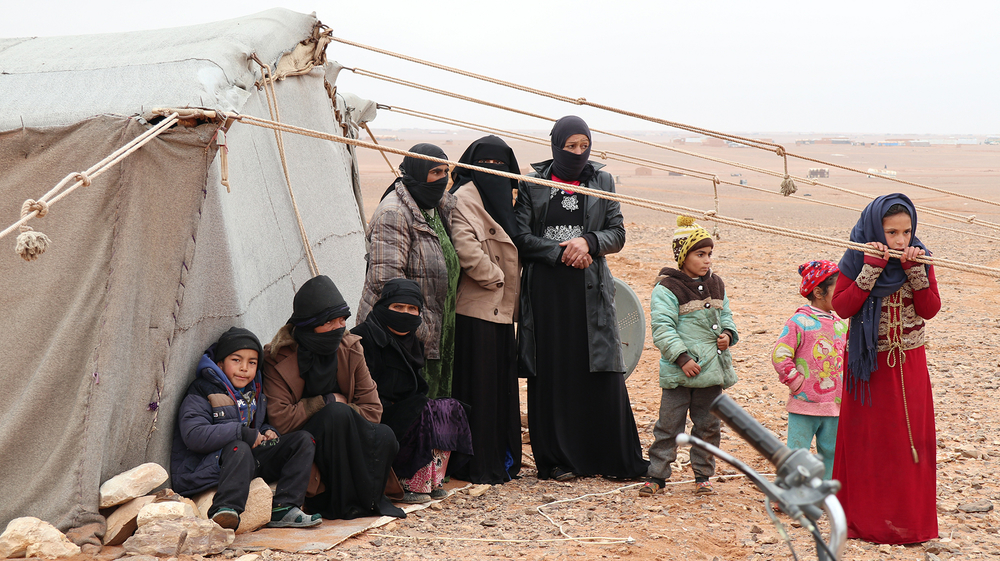
Donor countries and aid organizations are protesting a UN decision to centralize coordination of aid operations for Syria in Damascus—a move they say hands more power to the regime of Bashar Assad, and will make it harder to deliver aid to millions in rebel-held parts of the country. UN humanitarian chief Mark Lowcock’s decision was announced at a closed-door meeting in early April to alter the system the UN has used for the past four years. That system was designed to ensure aid is delivered on the basis of need to both government and rebel-held territories—known as the “Whole of Syria” approach.
Currently, two people of equal seniority run the UN’s Syria response: one based in Damascus to deal with aid to areas held by the government (although the position has been vacant since last December as Assad has not approved the UN’s nominee), and the other in the Jordanian capital, Amman, to handle deliveries across international borders to parts of Syria controlled by rebels. The latter position, now held by regional humanitarian coordinator Panos Moumtzis, is expected be closed by the end of the year at the latest. The UN’s most senior officer for Syria will then sit in Damascus.
An estimated 4.5 million people—38% of Syrians who need aid—live in parts of the country that Assad’s forces do not control. Assad’s government has long objected to aid deliveries to these areas, but cannot stop them as they are authorized by the UN Security Council. While this will not change if the Amman office is eliminated, one NGO source labelled the dual leadership arrangement the “capstone” of an approach that made sure aid reached wherever it was needed, whoever was in control of the territory.
Those working in the rebel-controlled north are particularly concerned by the plans. A senior aid worker in rebel territory said the announced changes made Syrian NGOs “feel we have been betrayed by the international community.” (The New Hmanitarian, April 23)
Of particular concern in Syria’s south is the remote rebel-controlled camp at Rukban, near the border with Jordan—where up to 40,000 have been trapped in a desert no man’s land since 2015, unable to enter Jordan but unwilling to return to their homes in regime-controlled parts of Syria. Living conditions in Rukban, already harsh, have reportedly become even more intolerable in recent weeks as Syrian regime forces have tightened a blockade on the area and black-market food supplies have dried up. Even before this change, UN reports this year described “desperate” conditions and a “catastrophic” health situation at the camp.
Facing hunger and desperation, some 8,000 camp residents have in recent weeks accepted resettlement offers from the Assad regime, according to the Syrian Arab Red Crescent—but their fate remains unclear. Those who accept resettlement must undergo security screening by regime forces at “transition centers” established for this purpose. Activists say men leaving Rukban have been separated from their families and detained. (TNH, May 1)
The Assad regime has been accused of a mass extermination of detainees, possibly amounting to genocide.




